

Are you an athlete looking to improve your performance and prevent injuries? You might want to consider incorporating yoga into your training routine. Yoga for athletes is a unique practice that offers a range of benefits, including improved balance, injury prevention, mental endurance, and more. In this article, we'll explore the various yoga poses and practices that can help athletes achieve their goals.
Balance is a critical component of athletic performance. It refers to the ability to maintain control of your body and stay on your feet while performing various movements, such as running, jumping, and throwing. Balance allows athletes to move quickly and efficiently, and it also helps prevent injuries.
Yoga is an excellent way to improve balance because it helps develop awareness of your body and mind. When you practice yoga, you focus on your breath, your body, and your movement, which can help you develop greater control and balance.
Several yoga poses can help improve balance, including Tree Pose, Warrior III, and Half Moon Pose. These poses challenge your balance and encourage you to focus on your core strength and alignment. As you continue to practice these poses, you'll notice an improvement in your overall balance, which can translate to better performance on the field or court.
Improving your balance through yoga can also help prevent injuries. When you have better balance, you're less likely to lose your footing or fall, reducing your risk of injury. Additionally, practicing yoga can help increase your range of motion and flexibility, making you less susceptible to strains, sprains, and other injuries.
Improving your balance is essential for athletic performance and injury prevention. By incorporating yoga into your training routine, you can develop greater awareness of your body and mind, improve your balance, and reduce your risk of injury.
Yoga is a powerful tool for injury prevention in athletes. It can improve flexibility, mobility, and strength, which are crucial for preventing injuries. Practicing yoga regularly can also aid in injury recovery by improving blood flow, reducing inflammation, and increasing mobility. By incorporating yoga into your training routine, you can decrease your risk of injury and improve your overall performance.
Downward Facing Dog: Start on your hands and knees, with your hands shoulder-width apart and your knees hip-width apart. Lift your hips up and back, straightening your arms and legs as much as possible. Keep your head and neck relaxed, and hold for several breaths.
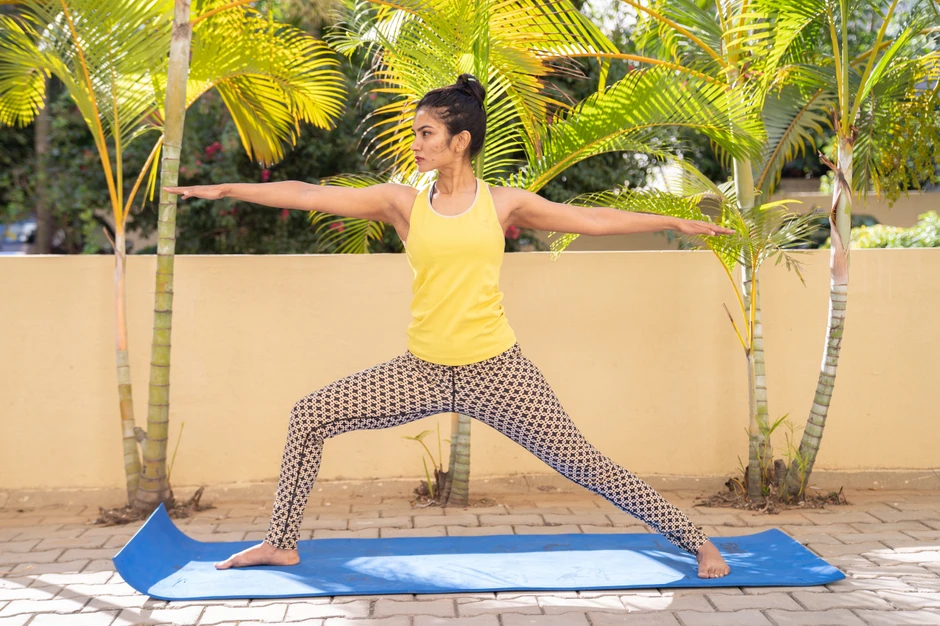
Start in Mountain Pose, with your feet hip-width apart. Step your left foot back, turning it out at a 90-degree angle. Bend your right knee, keeping it over your ankle, and stretch your arms out to the sides. Hold for several breaths, then switch sides.
_optimized.webp)
Stand with your feet hip-width apart, and shift your weight onto your left foot. Bring your right foot up to rest on your left thigh, and press your hands together in front of your heart. Hold for several breaths, then switch sides.

Start in Mountain Pose, then step your left foot back into a lunge position. Lift your arms overhead, keeping your shoulders relaxed. Hold for several breaths, then switch sides.
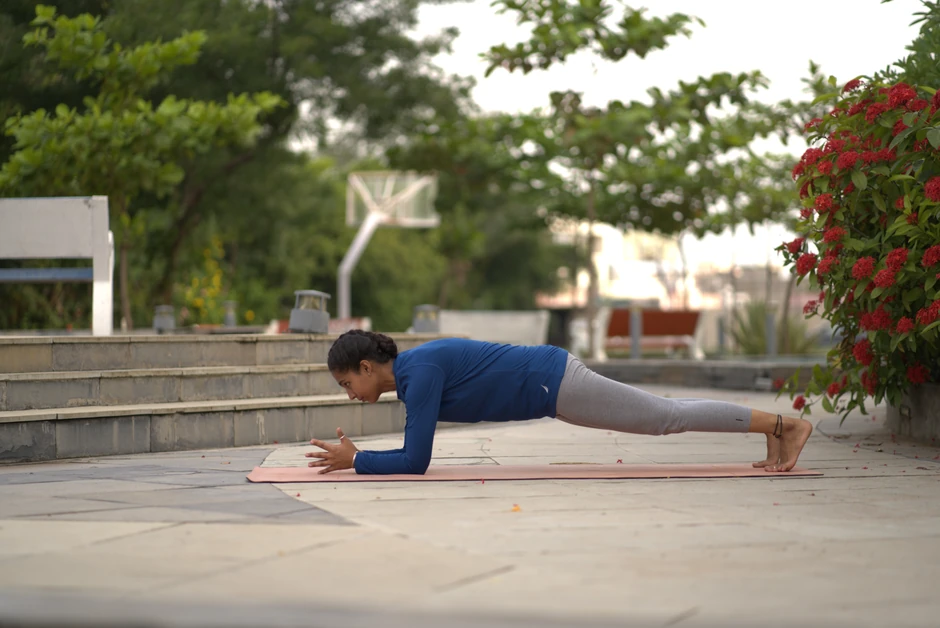
Start on your hands and knees, then straighten your legs behind you, keeping your body in a straight line. Hold for several breaths, engaging your core muscles to keep your body stable.
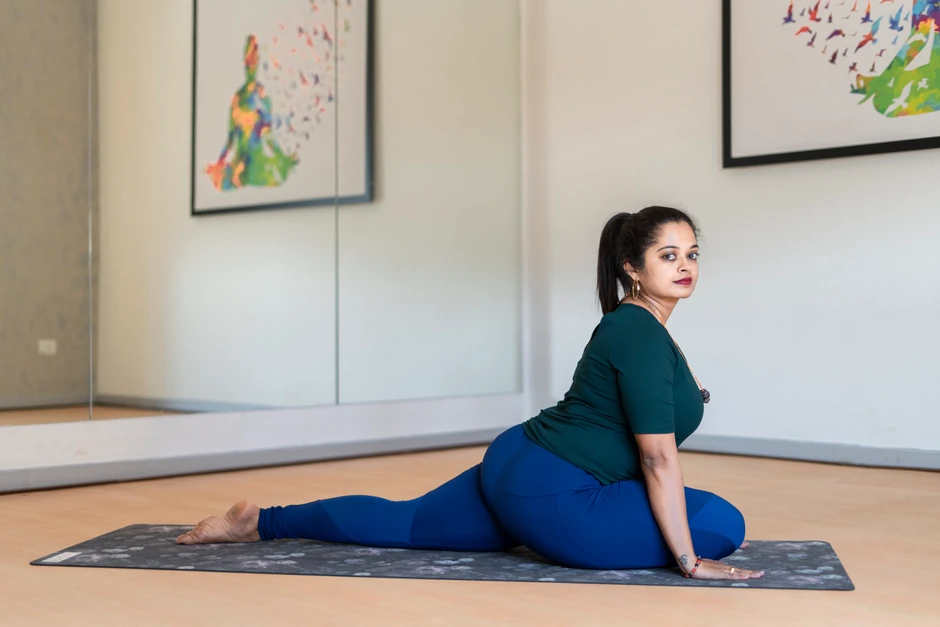
Start in Downward Facing Dog, then bring your right knee forward and place it between your hands. Extend your left leg behind you, and lower yourself down onto your forearms. Hold for several breaths, then switch sides.
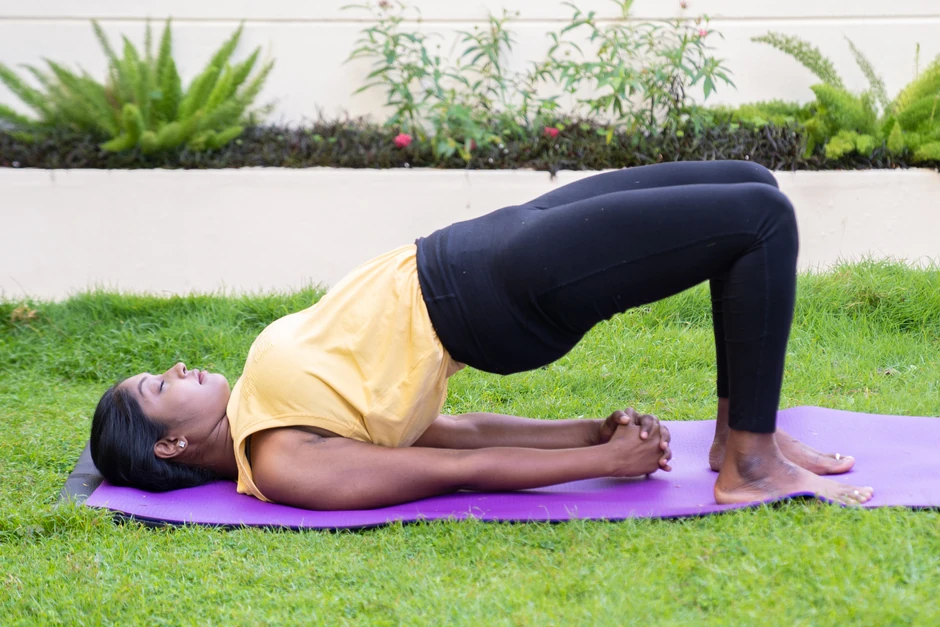
Lie on your back with your knees bent and your feet hip-width apart. Lift your hips up, pressing your feet into the floor and engaging your glutes and hamstrings. Hold for several breaths, then lower back down.
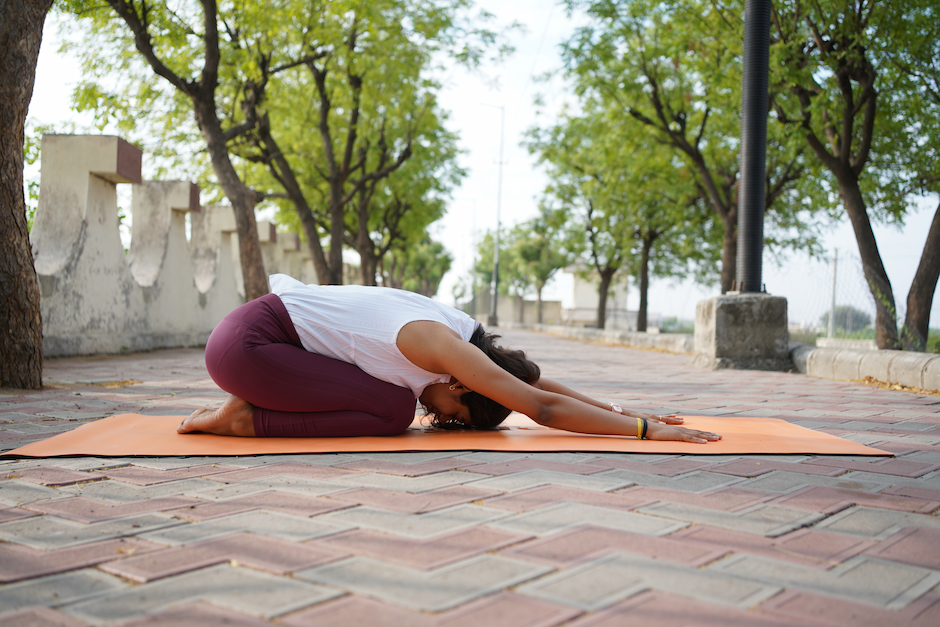
Start on your hands and knees, then lower your hips back towards your heels. Stretch your arms out in front of you, and rest your forehead on the floor. Hold for several breaths, releasing any tension in your body.

Lie on your stomach with your hands under your shoulders. Lift your chest up, keeping your shoulders relaxed and your elbows close to your body. Hold for several breaths, then lower back down.
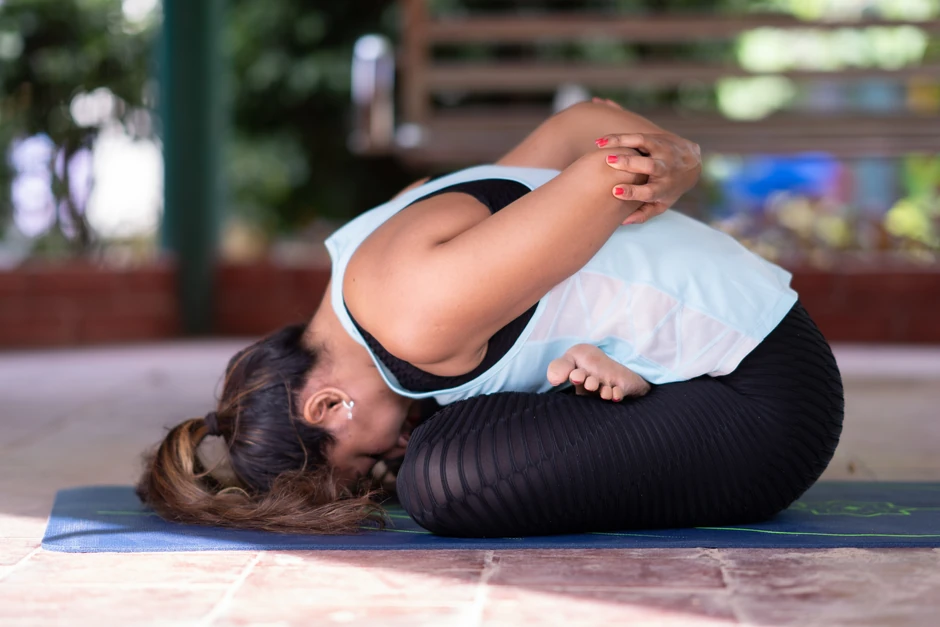
Sit on the floor with your legs straight out in front of you. Reach your arms up overhead, then fold forward, reaching for your toes or ankles. Hold for several breaths, then release.
In addition to specific yoga poses, there are several yoga practices that can benefit athletes. Here are a few to consider incorporating into your training routine:
Breathwork - Practicing deep breathing exercises, such as ujjayi breath or pranayama, can help calm the mind, reduce stress and anxiety, and improve overall lung capacity.
Meditation - Incorporating a short meditation practice into your routine can help you stay focused and present, and improve your mental clarity and resilience.
Restorative Yoga - Restorative yoga poses, such as Supported Bridge or Legs-Up-the-Wall, can help athletes recover from workouts or competitions, reduce muscle soreness, and improve sleep.
Dynamic Flow - A flowing yoga sequence, such as Sun Salutations, can improve overall strength, flexibility, and mobility, and help athletes build endurance and cardiovascular fitness.
Yoga Nidra - Also known as "yogic sleep," this guided relaxation practice can help athletes reduce stress and anxiety, improve mental clarity, and improve overall well-being.
By incorporating these yoga practices into your training routine, you can improve your overall athletic performance and reduce the risk of injury.
While yoga is often associated with physical benefits such as improved flexibility and strength, it can also have a significant impact on mental endurance. Here are some ways that yoga can improve mental stamina and focus:
Breath Awareness - Yoga places a strong emphasis on breath awareness, with practitioners encouraged to focus on deep, intentional breathing. By learning to control your breath, you can improve your ability to stay calm and focused in stressful situations, such as during competition or high-pressure training sessions.
Mind-Body Connection - Yoga emphasizes the connection between the mind and body, encouraging practitioners to be fully present in the moment and aware of their physical sensations. This heightened awareness can help you stay focused and resilient during challenging workouts or competitions.
Meditation - Meditation is a key component of many yoga practices, and has been shown to improve focus, reduce stress and anxiety, and improve overall well-being. Incorporating even a few minutes of meditation into your daily routine can help improve mental endurance and resilience.
Visualization - Many yoga practices incorporate visualization exercises, in which practitioners are encouraged to visualize themselves achieving a specific goal or overcoming a particular challenge. This can help improve mental resilience and motivation, as well as improve overall performance.
By incorporating these yoga techniques into your training routine, you can improve your mental endurance and resilience, and perform at your best both on and off the field.
Yoga is a powerful tool for athletes looking to improve their performance and prevent injuries. By incorporating yoga poses and practices into your training routine, you can improve your balance, prevent injuries, and build mental endurance. Whether you're a seasoned athlete or just starting, yoga can help you achieve your goals and reach your full potential. So, what are you waiting for? Roll out your mat and get started!
Yoga is a low-impact, high-benefit activity that can help athletes enhance their physical and mental performance. The physical postures, or asanas, of yoga can improve flexibility, strength, balance, and coordination, all of which are essential for athletic performance. Additionally, yoga's emphasis on breathwork and mindfulness can help athletes reduce stress, increase mental focus, and develop greater awareness of their bodies.
Yoga can have a significant impact on the performance of athletes, both physically and mentally. By improving flexibility, strength, balance, and coordination, yoga can help athletes move more efficiently and reduce the risk of injury. Yoga's focus on mindfulness and breathwork can also help athletes stay calm, focused, and present during training and competition, improving overall mental resilience and performance.
Yoga can be used as a complementary training method to improve the physiological preparation of athletes. The physical postures, or asanas, of yoga can improve cardiovascular endurance, muscular strength and endurance, and flexibility, all of which are essential components of athletic performance. In addition, yoga's emphasis on breathwork and mindfulness can help athletes reduce stress and anxiety, improving overall physical and mental well-being.
Yoga can improve posture and balance by strengthening the muscles that support the spine and improving overall body awareness. Many yoga poses, such as Tree Pose or Warrior III, require balance and stability, which can help develop these skills in athletes. By practicing yoga regularly, athletes can improve their posture and reduce the risk of injuries caused by poor alignment.
Ans: Several types of yoga can be used to develop stability and balance, including Hatha, Iyengar, and Vinyasa yoga. These practices often incorporate standing poses, balancing poses, and core strengthening exercises that challenge the body's ability to maintain stability and balance.
Good posture and balance are essential for efficient movement and can help reduce the risk of injuries. Maintaining good posture helps to distribute weight evenly throughout the body and reduces stress on joints and muscles. Strong balance skills are important for activities that require stability, such as running, jumping, and changing direction quickly, and can help athletes move more efficiently and safely.

Receive personalized guidance tailored to your unique fitness goals, live with a dedicated coach—no credit card required.